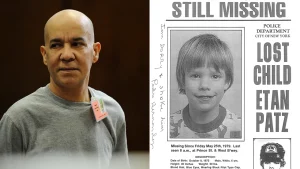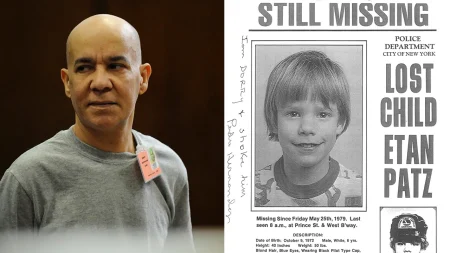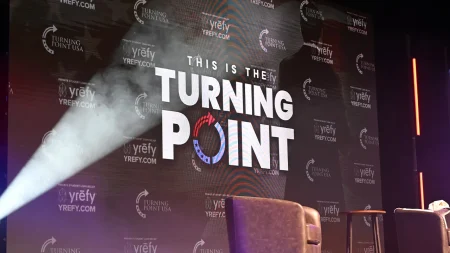Vice President JD Vance’s California Military Base Visit Highlights Growing Federal-State Tensions
Vice President JD Vance’s recent visit to a military installation in California has become a flashpoint in the increasingly strained relationship between the federal government and Democratic state leadership. The trip, intended as a routine military engagement, instead revealed the deep political divides that have come to characterize American governance. Service members and their families gathered to hear from the Vice President, but the backdrop to this visit was a complex web of policy disagreements and jurisdictional disputes that have been building for months between Washington and Sacramento.
Behind the scenes, state officials and federal representatives engaged in a series of tense communications before Vance’s arrival. Democratic leaders expressed concerns about the timing and nature of the visit, suggesting it was politically motivated rather than substantive. Federal officials countered that the Vice President was fulfilling his duties to meet with military personnel and assess readiness. This back-and-forth exemplified the breakdown in cooperation that has increasingly characterized intergovernmental relations, with each side viewing the other’s actions through a lens of partisan suspicion rather than as partners in governance.
The military base itself became an unintended symbol of broader jurisdictional questions. Located within California but under federal control, the installation represents the complex overlap of authority that exists throughout the American system. Service members stationed there answer to federal command structures while living within communities governed by state and local authorities. As Vance toured facilities and spoke with personnel, these layers of jurisdiction were physically present but politically contested, with state authorities feeling their prerogatives were being overlooked while federal officials asserted their constitutional authority over military matters.
Media coverage of the visit highlighted how differently the same events can be perceived based on political orientation. Conservative outlets portrayed Vice President Vance as supporting troops and standing firm against state overreach, while progressive sources characterized the visit as a provocative political stunt designed to undermine state authority. Social media amplified these divergent narratives, creating parallel realities where the same visit was either a principled stand or an inappropriate intrusion. The military families caught in between these competing narratives found themselves unwitting participants in a political drama that extended far beyond the base perimeter.
This incident reflects a broader pattern of deteriorating federal-state relations that has accelerated in recent years. Constitutional federalism has always involved tension between national and state authorities, but traditionally these differences were managed through established channels and mutual respect for institutional boundaries. The current environment, however, is marked by public confrontation rather than private negotiation, with both sides appearing more interested in scoring political points than in finding workable compromises. Veterans affairs, environmental regulation, immigration enforcement, and transportation funding have all become battlegrounds where similar dynamics play out, with California often at the center of these disputes.
As Vice President Vance departed California, the fallout from his visit continued to reverberate through both state and federal government circles. Staff members worked to frame narratives favorable to their respective sides, while policy experts worried about the long-term implications for effective governance. The underlying issues remain unresolved: how to balance federal authority with state autonomy, how to separate substantive policy disagreements from partisan posturing, and how to maintain functioning intergovernmental relationships in an era of intense polarization. Without addressing these fundamental challenges, future interactions between federal officials and Democratic state leaders seem destined to produce more friction than cooperation, ultimately undermining the federal system that has defined American governance for over two centuries.










